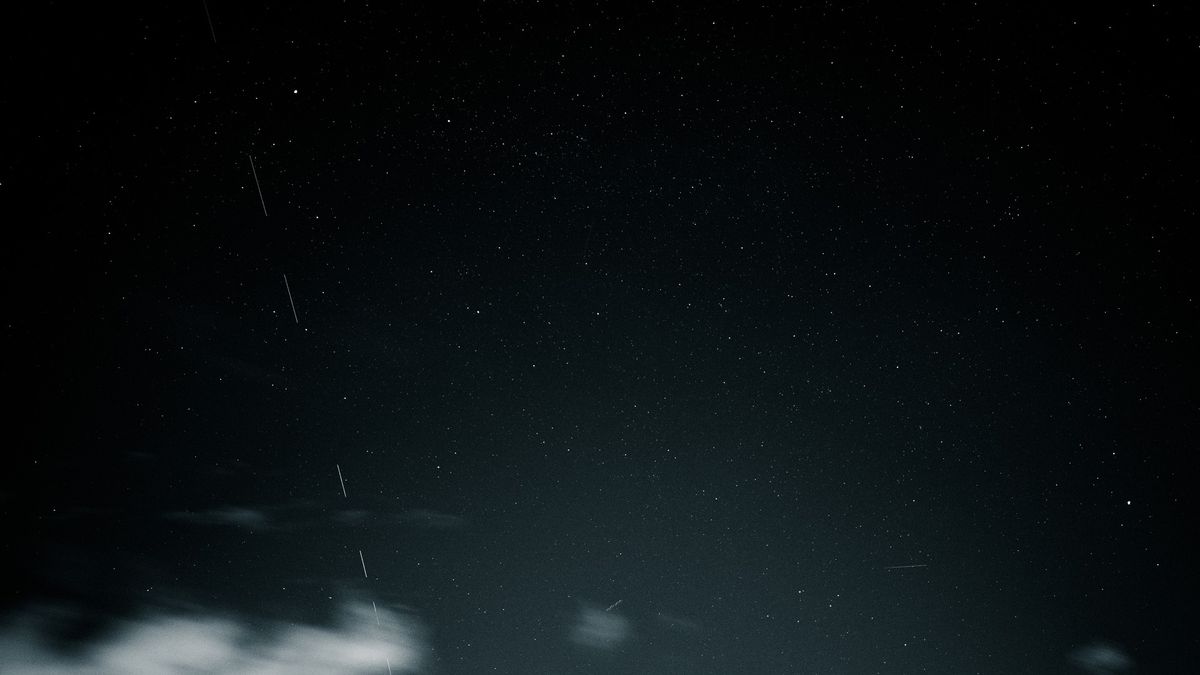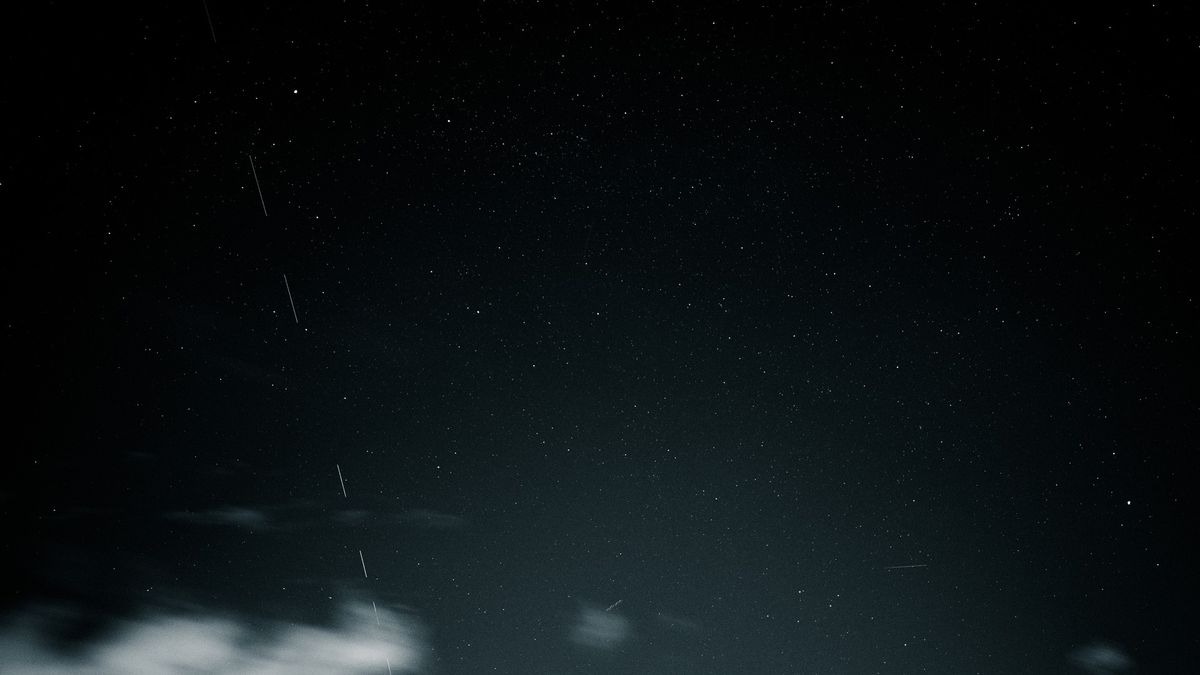
SpaceX has reported that the number of close encounters between its satellites and other orbital objects has not increased in the past six months despite the constellation’s growth.
Space sustainability experts say the development is good news but warn the decrease in avoidance maneuvers is likely just a deviation from what has been a longer-term upward trend.
Twice a year, SpaceX reports to the U.S. Federal Communications Commission (FCC) how many times its satellites had to change their paths to avoid possible collisions with other spacecraft and space debris. The rocket company submitted its latest “Semi- annual constellation status report” on Dec. 29, 2023, covering a period between June 1, 2023, and Nov. 30, 2023.
In that period, Starlink satellites had to perform 24,410 collision avoidance maneuvers, equivalent to six maneuvers per spacecraft. In the previous reporting period that accounted for the six months leading up to May 31, 2023, the constellation’s satellites had to move 25,299 times. The data suggests that even though the Starlink constellation has grown by about 1,000 spacecraft in the last six months, its satellites made fewer avoidance maneuvers in that period than in the prior half year.
Previously, the number of maneuvers was doubling every six months as the constellation grew, a trend that experts expected to continue and were concerned about.
Hugh Lewis, a professor of astronautics at the University of Southampton in the U.K., who has been studying the effects of mega-constellations on orbital safety for several years, told Space.com that the seeming deviation from the previous trend may be due to natural “variability” and improvements in the accuracy of satellite positioning data available to satellite operators.
“We will have to wait until the next reporting period to see what’s going on, but it’s good news,” Lewis said. “If we look at the numbers per the entire year, however, we can see that they had to make approximately 50,000 maneuvers, which is a very high number still, and is quite a bit higher than the value for the previous year.”
Starlink satellites make autonomous decisions to maneuver based on information provided by the U.S. Space Force and U.S. commercial space situational awareness company LeoLabs. When the available data show that a Starlink satellite has a probability of less than 1 in 100,000 to hit another spacecraft or a piece of space debris, the satellite will move. SpaceX emphasizes that it’s approach is much more stringent than that of most other operators who only move their spacecraft when the collision risk exceeds 1 in 10,000.
Dan Oltrogge, chief scientist at U.S. space situational company COMSPOC, told Space.com that he expects the number of avoidance maneuvers to rise as more satellites are intended to launch in the coming years.
“We’ve seen a fairly dramatic increase in close approaches over the last five years,” said Oltrogge. “It’s been a five-fold increase, generally, and encounter rates are going to continue to climb as more satellites are added to the mix and as more debris lives in the space population.”
SpaceX currently operates more than 5,250 Starlink satellites, less than a half of its planned first-generation constellation of 12,000 spacecraft. The company wants to ultimately expand its fleet to over 40,000 satellites.
Lewis added that while his previous predictions showed Starlink satellites may need to maneuver more than a million times in a half-year as early as 2028, the new data suggest a much milder growth with about a hundred thousand maneuvers in six months needed by the end of the decade.
“It’s still a large number of maneuvers to be making,” Lewis said. “I still have concerns whether we can operate that many satellites safely. There is a risk that because there are so many of those [close approach] events, some of them at some point may result in a collision.”
RELATED STORIES:
Orbital collisions are a major threat to humankind’s ability to use space technology safely. Each collision can produce thousands of fragments, which may stay in orbit for a long time and threaten other spacecraft.
The experts, however, commend SpaceX, for its rigorous attitude and for sharing information publicly with other operators. They hope that other spacecraft operators will follow suit.
“We need to approach this on all fronts,” Oltrogge said. “We need to try and get the most accurate data possible about the positions of satellites, dead payloads and all the other debris in space. We need to share our data between operators as much as possible, because this improves the positional knowledge of everybody so that we can get rid of the avoidance maneuvers that we didn’t need in the first place.”



